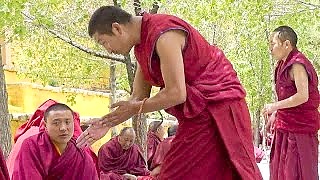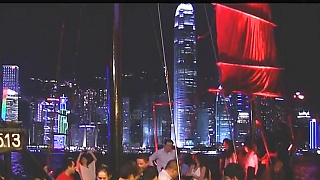ZheJiang province.
[640],shadow=true,start=,stop=

Live more ...
 Some scenes from the gardens of SuZhou 苏州 old town
Some scenes from the gardens of SuZhou 苏州 old townZheJiang province.


|
YànQī Hú lies about 60 kilometers north of Beijing city, near Huáiróu.
|

|
In ShaanXi province. With Chinese Street View ...
|

|
With Walk East ...
|

|
|

|

|
With Wei's Travel ...
|

|
Filmed in May 2011.
|

|